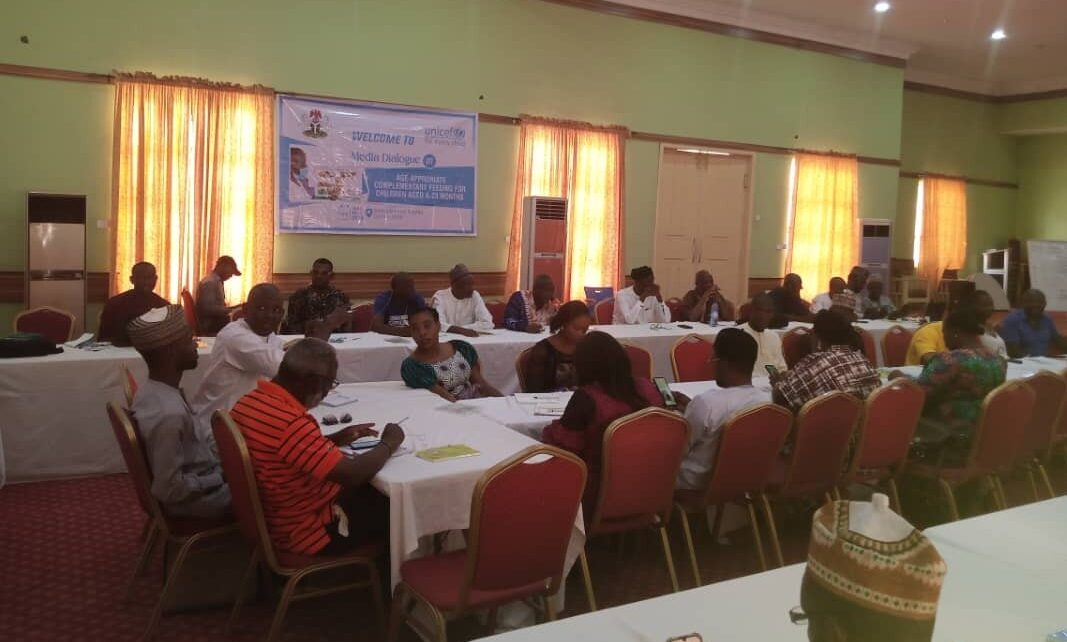BY KHALID IDRIS DOYA, Bauchi
The United Nations Children’s Fund (UNICEF) has disclosed that it needs a financing estimate of $3.4 billion every year to reach 350 children and women yearly up to 2030 under its Child Nutrition Fund (CNF) programme.
UNICEF Nutrition Specialist, Philomena Irene made the disclosure yesterday while presenting a paper at a 2-day media dialogue on age-appropriate complementary feeding organized by UNICEF Bauchi Field Office being held in Gombe.
Philomena Irene described the fund as a new financing mechanism designed to strengthen global and national governance for the early prevention, detection and treatment of child wasting, stressing that CNF works to support government-led efforts in 23 countries with the highest number of children wasting.
According to her, the fund also supports the scale-up of five essential actions for the early treatment of child wasting which includes: Weight gain monitoring, nutrition counseling, micronutrient, supplements, deworming, and malaria control for women, particularly during pregnancy.
“It also gives support for exclusive and continued breastfeeding in the first two years of life as well as adequate complementary foods, with micronutrient supplements”, the specialist said.
She further stated that the fund also supports food supplements for young children under 5 and for women, particularly those who are pregnant and breastfeeding, as well as early detection of child wasting and treatment with ready-to-use therapeutic foods (RUTF).
Philomena Irene also explained that CNF works with the use of three windows to increase the allocation of global and domestic resources to programmes and supplies through Program Window, Match Window and supplier window.
She gave the program windows as Identifies investment needs; develops robust investment propositions; tracks global allocations against needs; monitors the effectiveness of allocations and Identifies key investment gaps and advocates for a reprioritization of partner contributions.
Irene revealed that under the fund, over $25 million has been allocated to Kenya, Malawi, Pakistan and the Philippines while high-value partnerships have been established, including a $30 million project with Gavi, in Ethiopia.
She also described the Match Window as a catalytic matching mechanism for services and supplies for the prevention, detection and treatment of child wasting.
“Through the Child Nutrition Fund matching window, over US$15 million in domestic funding for essential supplies has been matched in over a dozen countries including Cambodia, Ethiopia, Kenya, Niger, Mauritania, Nigeria, Pakistan, Senegal, Sierra Leone, Uganda and Zambia, Guinea Conakry and Namibia.”
“Supplier Window Offers a range of financing tools to support the producers of nutrition supplies in delivering commodities in a timely manner. This includes pre-financing tools to help producers increase the volumes of supplies; and financial options to facilitate access to loans from local financial institutions”.
“The RUTF Advance Payment Facility provides advance payments to eligible RUTF suppliers. To date, the facility has financed $89 million in advance payments to RUTF suppliers. It has made more than 4.8 million cartons of RUTF available to children in need much faster than would have otherwise been possible.”
UNICEF defined children living in food poverty as the percentage of children under 5 years of age consuming foods and beverages from four or fewer of the
eight defined food groups.
